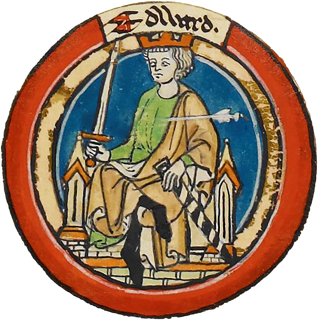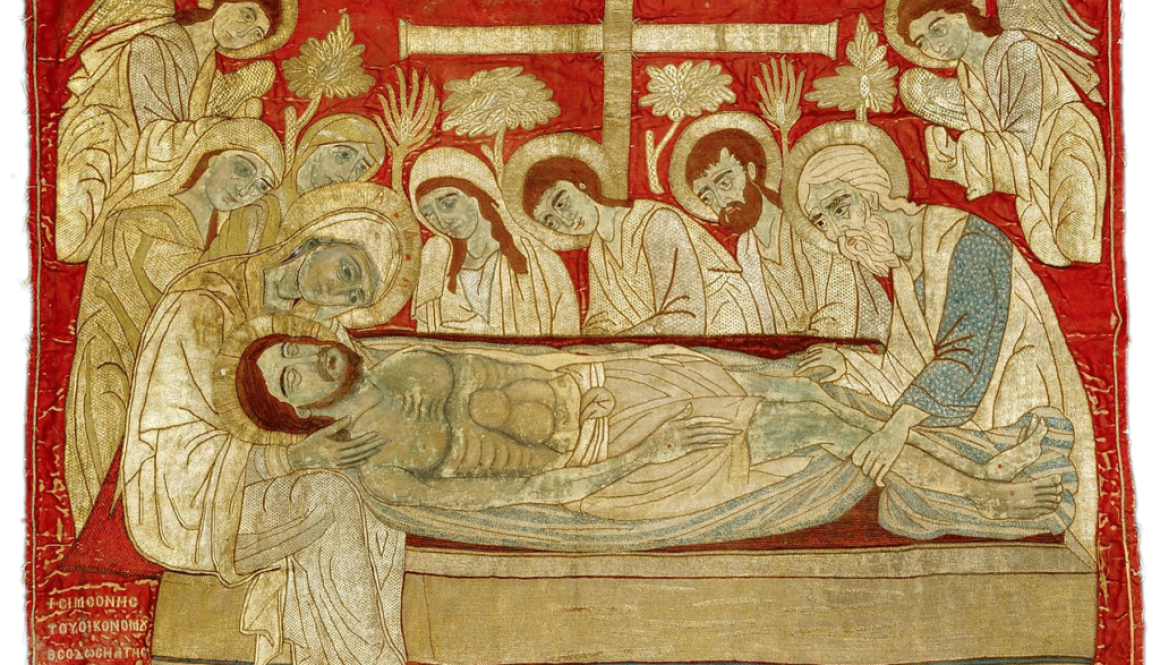The Myrrh-bearing Women and Joseph of Arimathaea
This week we go back a little from the main emphasis on the historical account that we heard last week. Last week we heard of how Thomas, who had not been present when Jesus appeared to the other disciples had been unable to accept that the Lord had risen from the dead without physical proof. We heard how the Lord had made another appearance when Thomas was present and challenged him with thel proof that he had demanded – the wounds to his hands, his feet, and his side. By these Thomas was convinced.
Today’s Gospel was from that of St Mark. Mark’s is the shortest of the Gospels, and is thought to have been the first to have been written. It is also thought to have been in the house of Mark’s mother, just outside Jerusalem, that Jesus held his Last Supper with his followers. Here too he appeared on a number of occasions when they were together after his Resurrection.
Today’s Gospel takes us back to the morning of the Resurrection. But we heard first of how Joseph of Arimathaea, who we specially commemorate today, a member of the Jewish Council, and a secret follower of Jesus went to Pilate to request the body so that he could bury it. His request was granted and he took the body down from the cross, wrapped it in linen, and placed it in a tomb nearby. Other sources tell us that the tomb had been intended for Joseph himself. He placed a stone across the entrance intending to complete the process after the Sabbath.
This was witnessed by Mary Magdalene and another Mary, the mother of Joses. This Gospel reading, although we celebrate Pascha for some weeks yet is, with one exception, the last directly associated with the Resurrection. That one exception will be the Ascension, on the 40th day.
Today, as well as Joseph of Arimathaea, we commemorate the group of women who had come to the tomb intending to do what they had been unable to do on the Friday because they had been overtaken by the start of the Sabbath at 6.00 that evening, when all work was forbidden. These women are mentioned earlier in the Gospels, as well as the apostles as being with him during the course of his ministry. Joseph of Arimathaea does not appear in the Gospels until today’s reading, but tradition tells us that Nicodemus was the one who on one occasion came to Jesus by night, a Pharisee, and a member of the Jewish Council, therefore of the same social status as Joseph of Arimathaea.
One of the earliest Christian heresies was the claim that Jesus did not really die on the cross. However, the evidence of the Gospels is quite clearly that he did. Pilate was surprised to hear that he was already dead but, on the evidence of the centurion, who would have known what was what, and who had supervised the execution, accepted that he was dead and gave Joseph permission to take the body.
But where was this place called Golgotha? If we accept that the site of the Church of the Holy Sepulchre has for centuries marked the place where it all happened, and I believe that there can be no doubt that this is so, then it was confined literally to a very small area – of little more than perhaps an acre.
It was a disused quarry just outside the city, which had apparently become a place of burial as well as of execution. A short distance from the burial area was a rocky outcrop. On this the three crosses had been erected.
When Joseph took down the body of Jesus, he would have taken it to a suitable level area not far from his tomb. Watched from a distance by the two women, he wrapped the body in a linen cloth and placed it in the tomb, rolling the stone across the entrance because the Sabbath was just about to commence at about 6-00 p.m.
It was then some thirty-six hours later, early on the Sunday morning that the women returned to do for the body what the Sabbath had prevented – in one last act of love and caring but, to their consternation everything had changed. The stone had been rolled away and a young man dressed in a white robe was sitting in the tomb. This young man is not named. In fact other Gospel accounts refer to two angels, but it has been suggested that the young man here might have been John Mark himself, the writer of the Gospel, perhaps in night attire. His message, which we heard earlier in this morning’s Gospel was, ”Do not be alarmed. You seek Jesus of Nazareth, who was crucified. He is risen. See the place where they laid him. But go, tell his disciples – and Peter – that he is going before you into Galilee. There you will see him, as he said to you”.
“And the women went out quickly, and fled from the tomb, for they trembled and were amazed. They said nothing to anyone, for they were afraid”. That, according to the oldest manuscripts of St Mark’s Gospel is where the document ends. The final few verses in our versions are by another hand giving accounts of three appearances of the Risen Lord.
This is the Paschal proclamation – that Christ is risen, a message repeated variously in the Paschal services year by year over two millenia, in many languages, and upon which our faith entirely rests.
Without the Resurrection, Jesus of Nazareth would have been no more than an extraordinary religious teacher. However, by the circumstances of his birth and of his death, followed by his Resurrection, together with his teachings and subsequent events that we shall be remembering in a few weeks – his Ascension into Heaven forty days after his resurrection, followed by the descent of the Holy Spirit on his apostles on the 50th day.
Through this event they were given power not only to be witnesses, which is what they already were, but also to be changed from frightened men, hiding away, to become powerful witnesses to the world of all that they had experienced and of what these wonderful and extraordinary events were to mean not only to them but to the world through the next 2,000 years, and onwards until his return in Glory.

